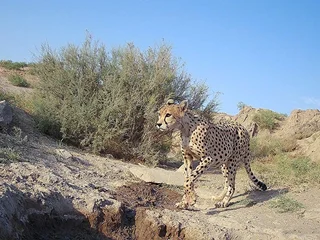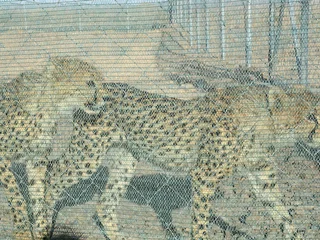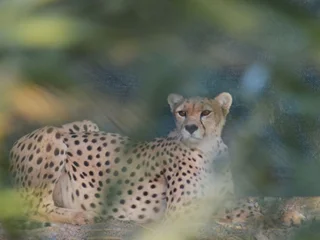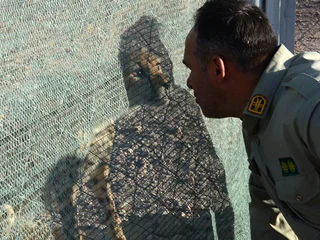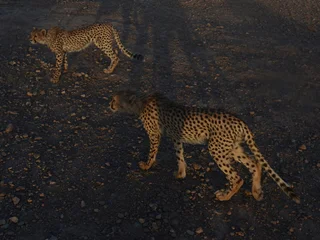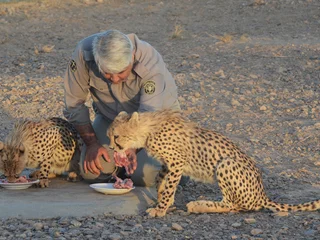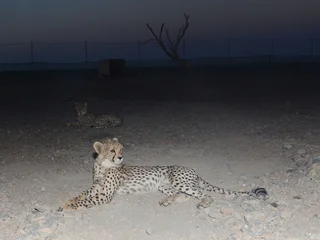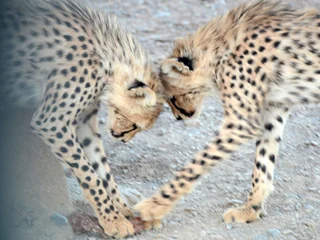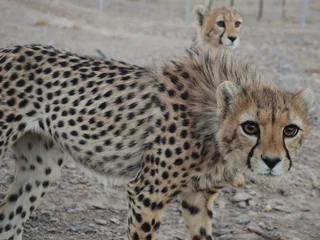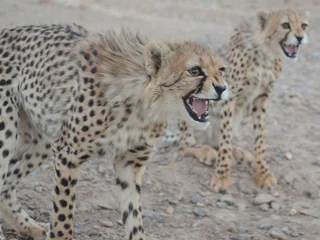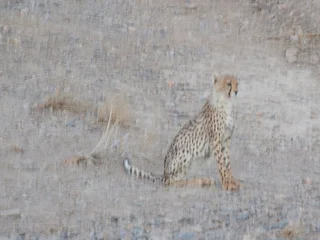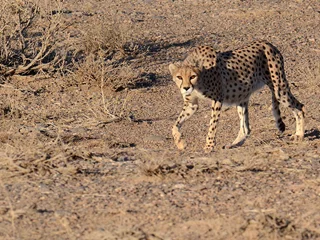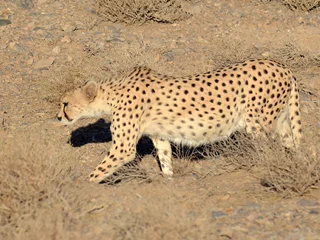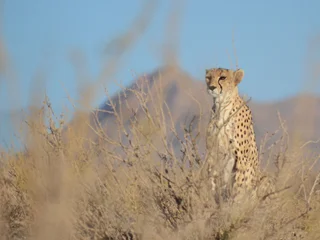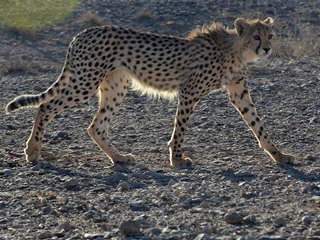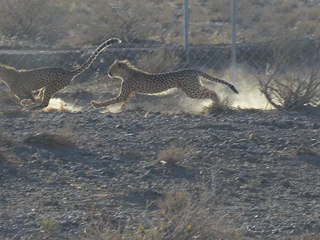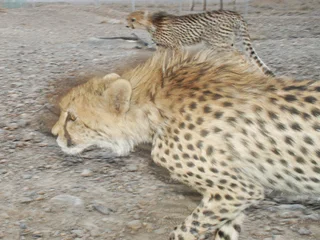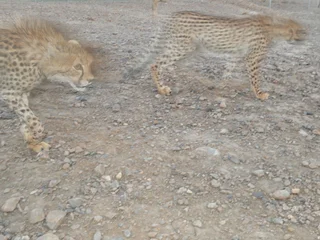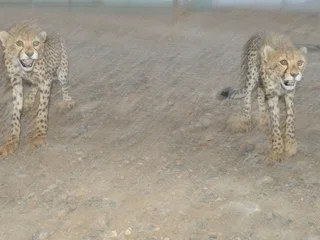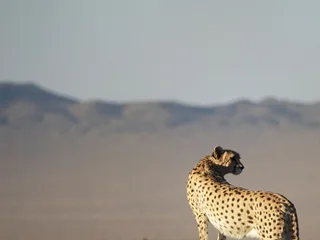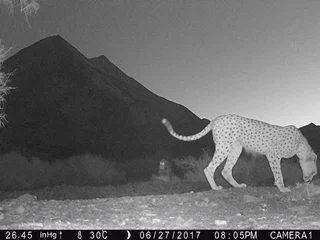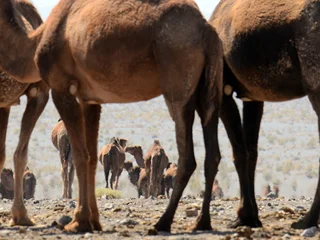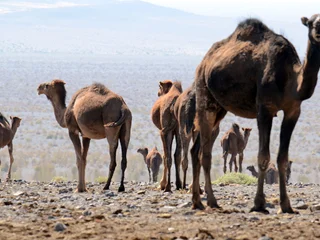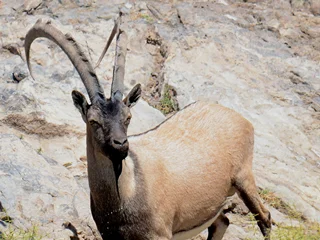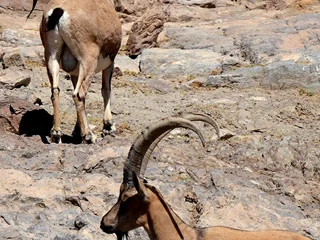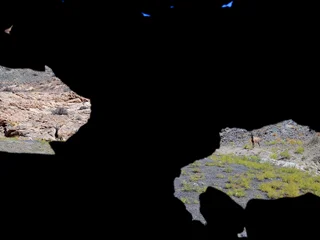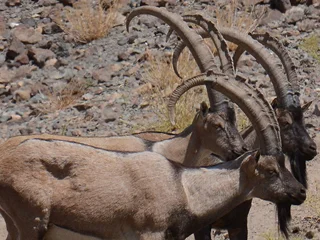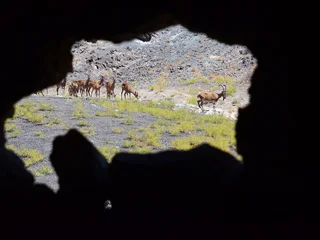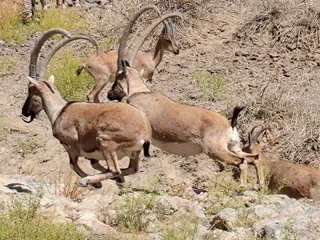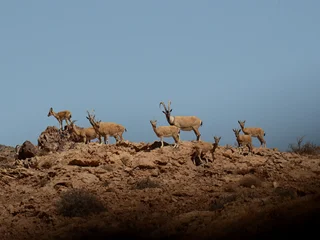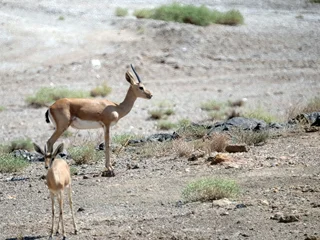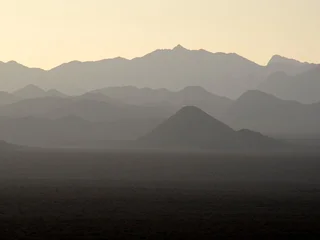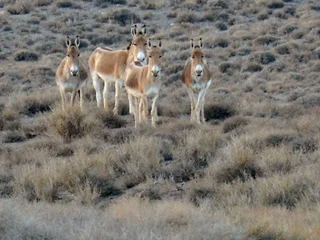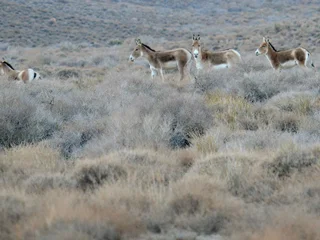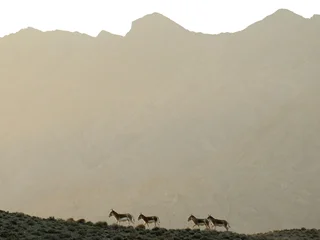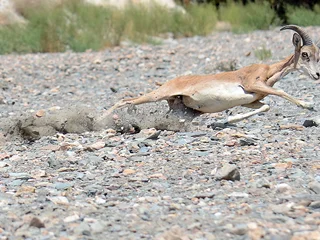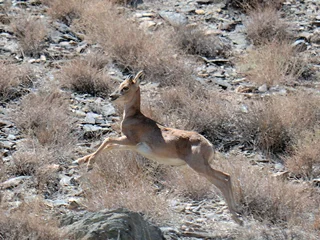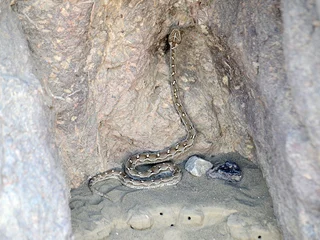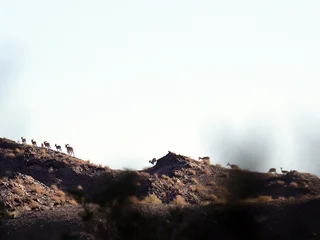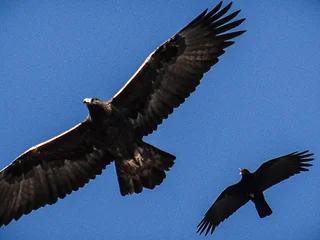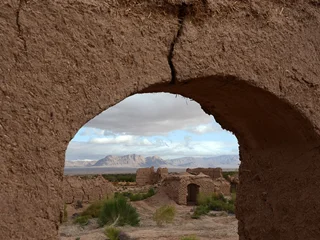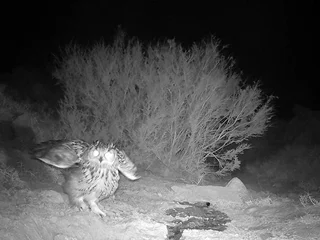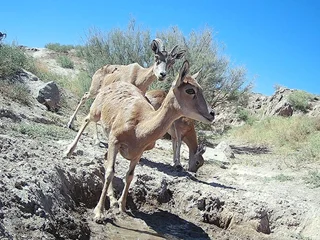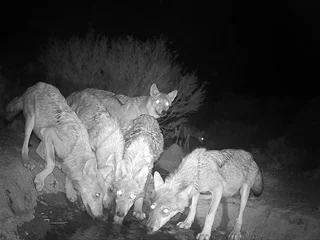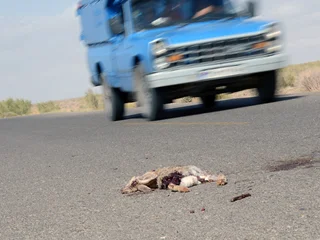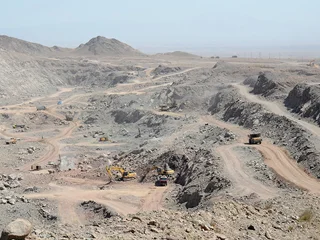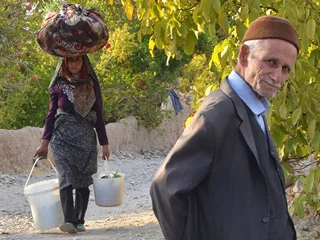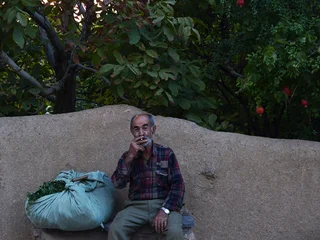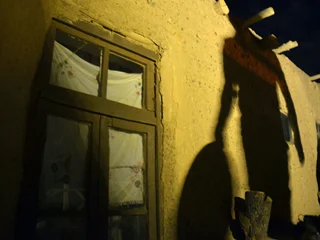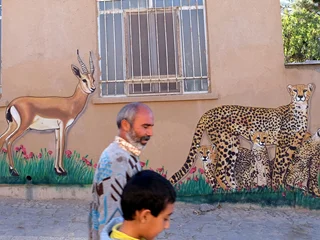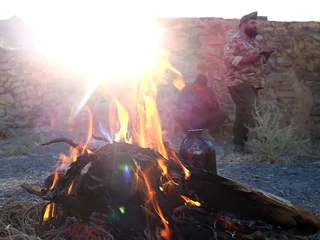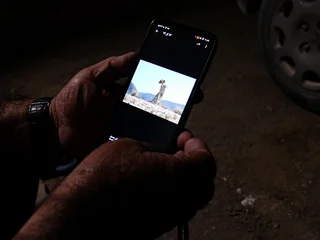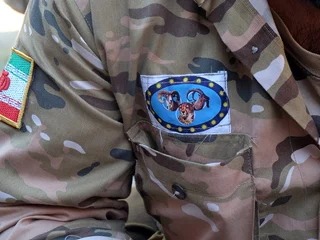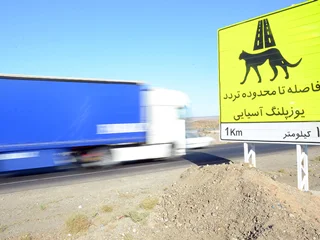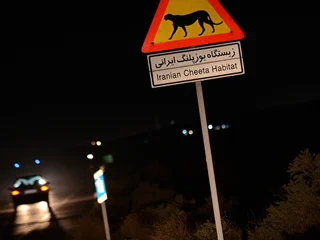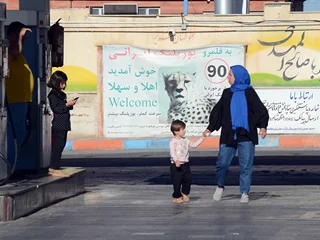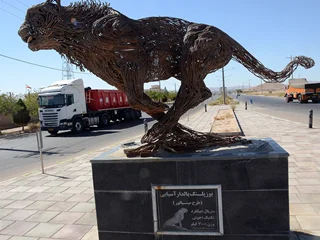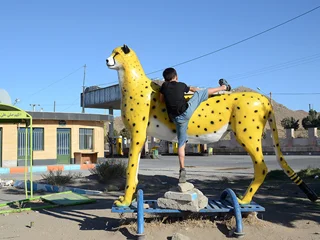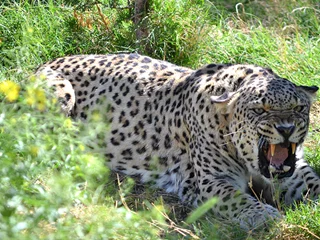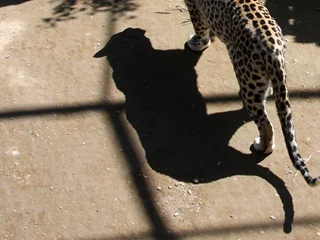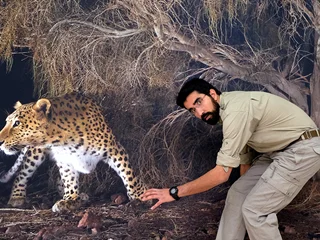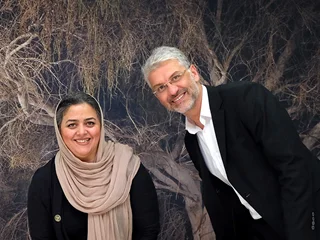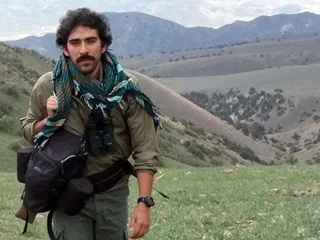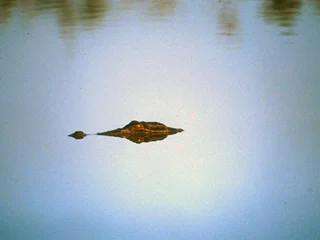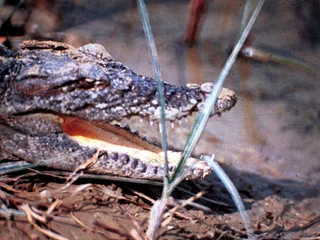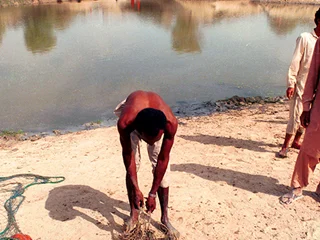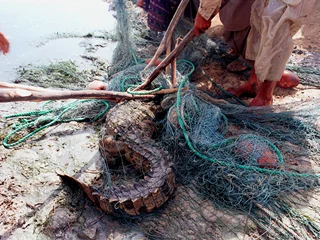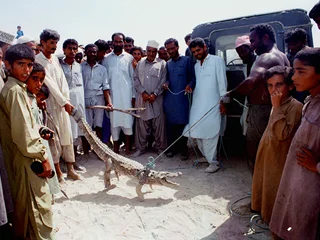The Asiatic Cheetah: A Race Against Extinction
The Asiatic Cheetah: A Race Against Extinction
In a country rich with diverse wildlife, Iran stands as the last stronghold for the Asiatic cheetah (Acinonyx jubatus venaticus), a critically endangered subspecies that once roamed across vast parts of Asia. Now, with fewer than 12 individuals left in the wild, the cheetah’s survival hinges on urgent conservation efforts—yet their plight remains largely underreported.
The recent death of Pirouz, a cheetah cub born in captivity in May 2022, brought this crisis to the forefront. Pirouz, meaning "victorious" in Persian, was the sole survivor of a litter of three—the first cubs born in captivity in Iran. His short life captivated the hearts of millions, symbolizing hope in a time of increasing uncertainty for the species. His name even found its way into Shervin Hajipour's protest song "Baraye," where one of the lyrics poignantly reflects the fears of a nation: “For Pirouz and the possibility of his extinction.”
Yet, despite his brief fame, Pirouz’s death was a stark reminder of the vulnerability of these creatures.
A Country’s Struggle to Protect Its Endangered Species
Iran is home to several rare and endangered species that, like the Asiatic cheetah, are teetering on the brink of extinction. The Persian leopard (Panthera pardus tulliana)—another iconic predator of Iran’s wild landscapes—has been listed as endangered with fewer than 1,000 mature individuals left. The Persian onager (Equus hemionus onager), a wild subspecies of ass, now counts no more than 600 individuals, primarily concentrated in Khar Turan National Park.
This park, known as "Little Africa" for its rich biodiversity, is a UNESCO-listed biosphere reserve and one of Iran’s most critical wildlife sanctuaries. Spanning 14,000 square kilometers, it is home to a small but important population of Asiatic cheetahs, as well as other endangered species like the Mugger crocodile (Crocodylus palustris), native to Iran’s freshwater habitats.
Conservation Setbacks: A Struggle Beyond Nature
The already precarious situation of the Asiatic cheetah was exacerbated in 2018, when eight leading environmentalists and researchers—working to track and protect these cheetahs using camera traps—were arrested on charges of espionage. Their incarceration not only stripped Iran’s wildlife of some of its most dedicated defenders but also raised significant barriers to ongoing conservation efforts.
As of January 2022, only nine male and three female cheetahs remain in the wild, according to the Iranian Department of Environment. Though there are five cheetahs held in captivity at the Turan Biosphere Reserve, the future of the species is far from secure.
Why This Story Matters
This project is not just about documenting one of the rarest animals on Earth but about telling a larger story of a species facing extinction against the backdrop of political, social, and environmental upheaval. The Asiatic cheetah, already a symbol of resilience, is now a symbol of Iran’s ongoing fight to protect its natural heritage amidst intense adversity.
Through my photography, I aim to shed light on the fragile existence of the Asiatic cheetah and the efforts to save it. From the vast, rugged landscapes of Khar Turan National Park to the stories of conservationists and researchers who risk their lives to protect this iconic species, this project reveals the beauty, challenges, and urgency of the cheetah's survival.
Now, more than ever, the world needs to pay attention to these silent struggles. Publishing this story will not only amplify the plight of the Asiatic cheetah but also spotlight the larger environmental and social issues at play in Iran today.
